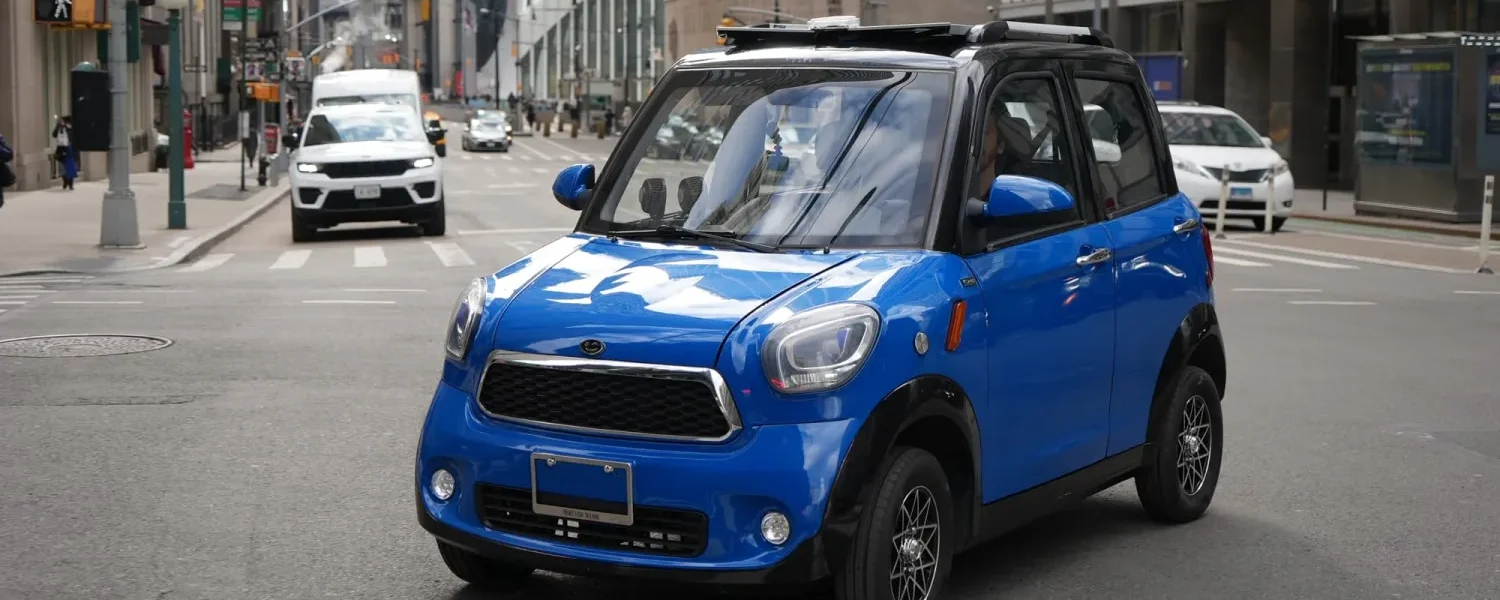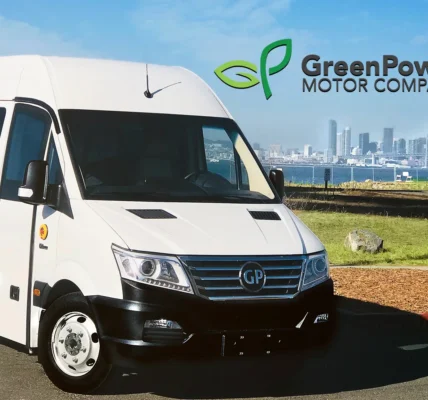As American cars and trucks continue to bloat, growing longer and wider decade over decade while roads and parking spaces stay the same size, there may be hope glimmering on the horizon: tiny electric vehicles. I’m not talking about small cars. I’m talking about tiny ones – micro-cars, if you will.
They’re a small but growing category of motor vehicles in the US, and they may just save us from a future of massive, energy-guzzling vehicles that can somehow plow through a playground without noticing yet still struggle to wiggle into a parking spot.
The term LSVs is currently the least commonly used term for these, but it’s actually the most correct. That’s because it’s the only legally defined category. LSVs are a federally mandated class of motor vehicles in the US.
They’re more or less equivalent to what are known as “quadricycles” in Europe, with the exception that European quadricycles are allowed to reach speeds of up to 80-100 km/h (50-62 mph), depending on the country, while LSVs in the US are limited to just 25 mph (40 km/h).
The Microlino is a European Quadricycle that reaches speeds far faster than allowed for LSVs in the US
It is a common misunderstanding that all that is required for a vehicle to be considered an LSV is for it to have a maximum speed of 25 mph (40 km/h). In fact, that is only one of many requirements. Federal Motor Vehicle Safety Standards for LSVs have laid out around a dozen standards that mostly cover speed and required safety equipment, but that also include requirements for the manufacturer’s factory to be federally approved by the National Highway Traffic Safety Administration (as well as the factories that produce key components like the auto glass, seat belts and other important components). That’s why it isn’t enough for a small vehicle to simply have seat belts and not exceed 25 mph.
The term NEV is probably the most commonly used term in this industry, which is problematic because it doesn’t mean anything. There is no clearly defined boundary for what makes up an NEV.
The term originated before the LSV category was created by the federal government, and it largely referred to small, slower-moving electric vehicles that were similar in appearance to golf carts, yet were designed for traveling on roads and around neighborhoods instead of across the golf course. The most famous example of an NEV is likely the GEM, which started out under the Chrysler umbrella before moving to Polaris and finally to its current owner, WAEV.
The GEM popularized the concept of an NEV before the US government had created an LSV category, and thus the term NEV stuck.
The problem is that despite everyday usage, there’s no clear line drawn to determine what is and what isn’t an NEV. It’s similar to the word “truck” in its vaguery. Is an F-150 a truck? What about an 18-wheeler semi-trailer? Or a U-Haul? They’re all called trucks in common parlance, yet the Department of Transportation would beg to differ.
The other issue with the term NEV is that it implies a purely neighborhood use for these vehicles. While neighborhood and local community use is a common application, densely populated cities are quickly becoming another major market for these tiny electric vehicles.
The term micro-car has become something of a catchall. Similarly to NEVs though, there is no clear definition for the term. It is generally used more for fully enclosed LSVs than for open golf cart-style buggies like the GEM vehicles (though GEMs do have optional hard doors that make them fit better into the loosely defined micro-car category).
This door quasi-requirement is likely due to the fact that many people think of micro-cars as looking more like a conventional car, but simply scaled down into a smaller (and often cuter) vehicle.
Golf carts are perhaps the most commonly understood of all of these categories due to their ubiquitous use on golf courses around the country.
While they can be powered by a combustion engine or by an electric motor, most golf carts produced today are electric.
They generally reach speeds of up to 20 mph (32 km/h), though can often be modified to reach speeds of closer to 30 mph. Some come with seat belts, radios, and other fancier features, but many are bare-bones vehicles designed for basic transportation.








